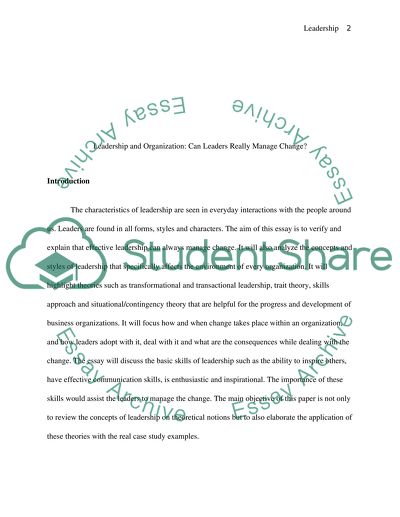Cite this document
(“Leadership and organisation Essay Example | Topics and Well Written Essays - 2250 words”, n.d.)
Leadership and organisation Essay Example | Topics and Well Written Essays - 2250 words. Retrieved from https://studentshare.org/miscellaneous/1582957-leadership-and-organisation
Leadership and organisation Essay Example | Topics and Well Written Essays - 2250 words. Retrieved from https://studentshare.org/miscellaneous/1582957-leadership-and-organisation
(Leadership and Organisation Essay Example | Topics and Well Written Essays - 2250 Words)
Leadership and Organisation Essay Example | Topics and Well Written Essays - 2250 Words. https://studentshare.org/miscellaneous/1582957-leadership-and-organisation.
Leadership and Organisation Essay Example | Topics and Well Written Essays - 2250 Words. https://studentshare.org/miscellaneous/1582957-leadership-and-organisation.
“Leadership and Organisation Essay Example | Topics and Well Written Essays - 2250 Words”, n.d. https://studentshare.org/miscellaneous/1582957-leadership-and-organisation.


